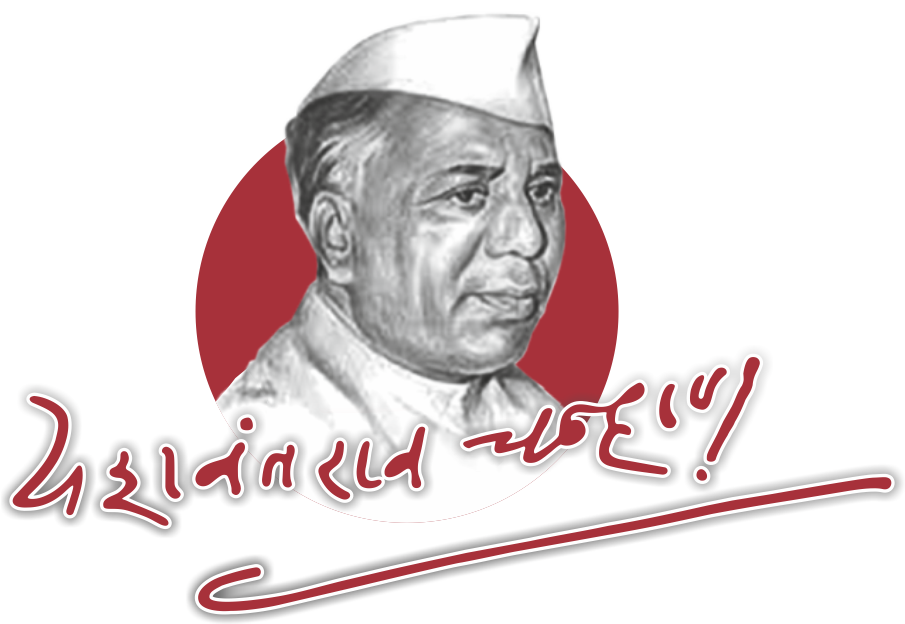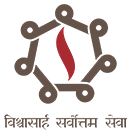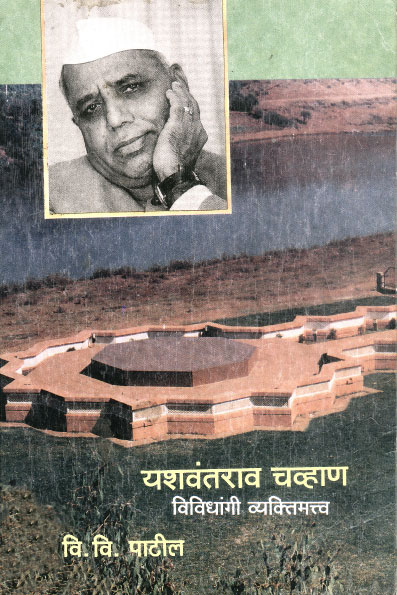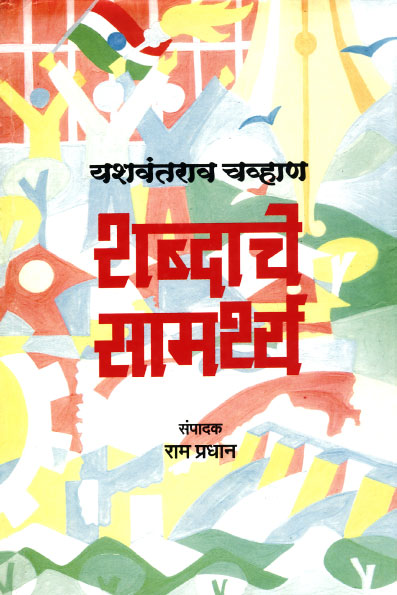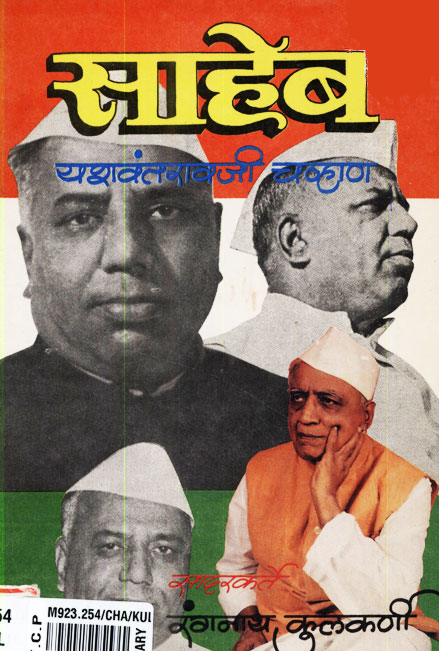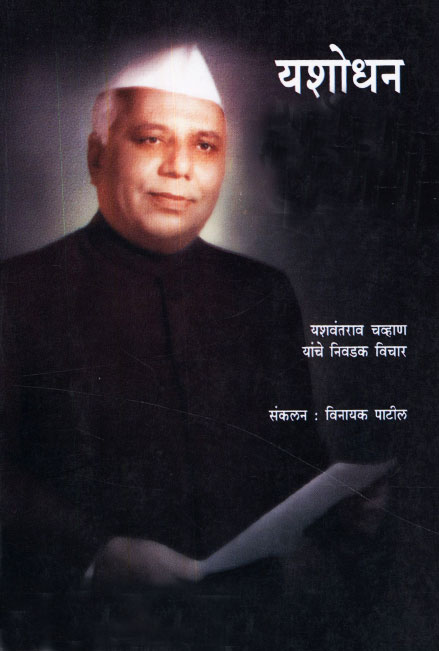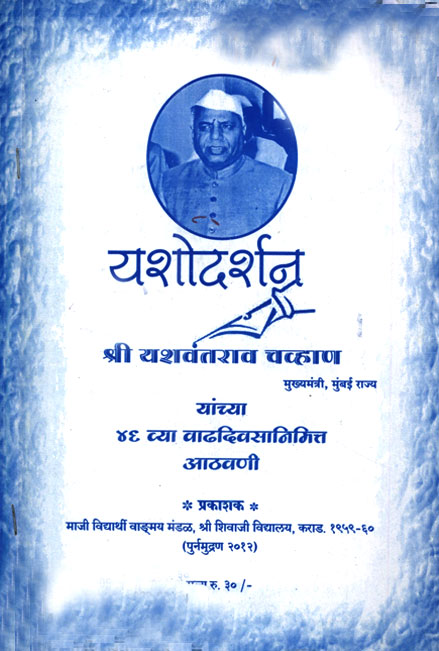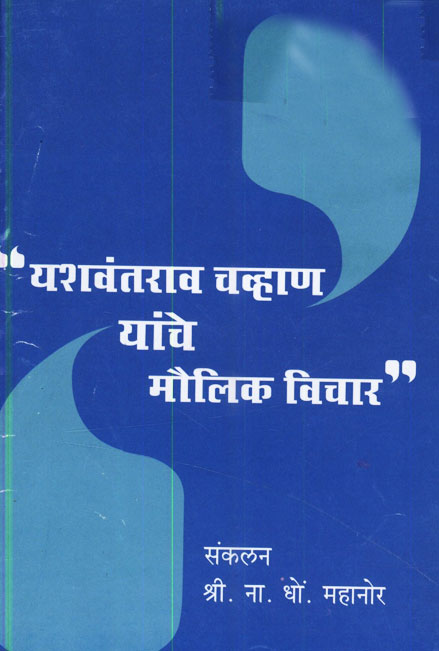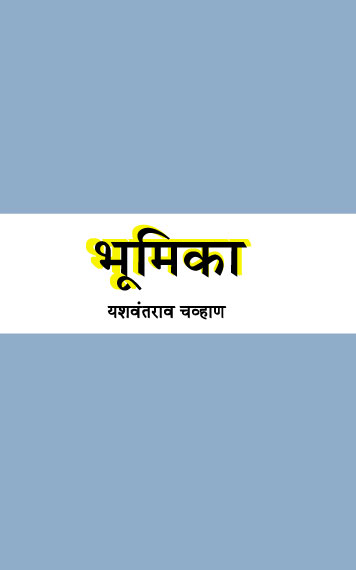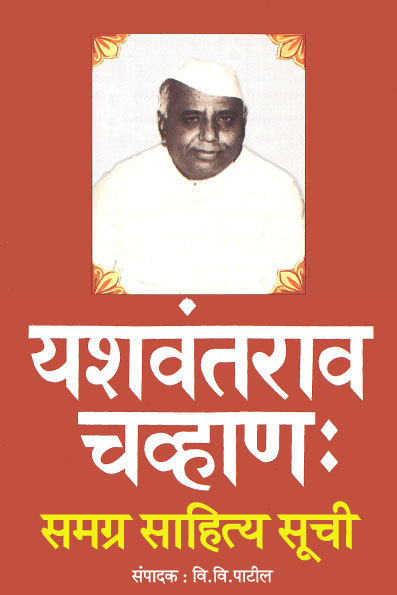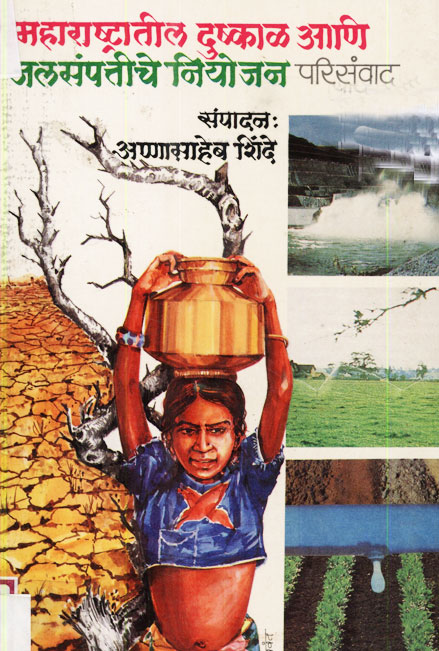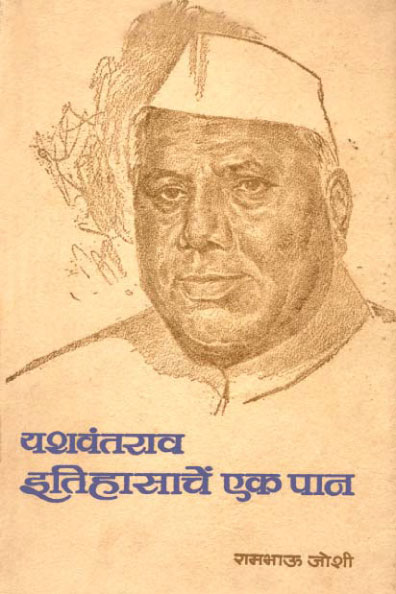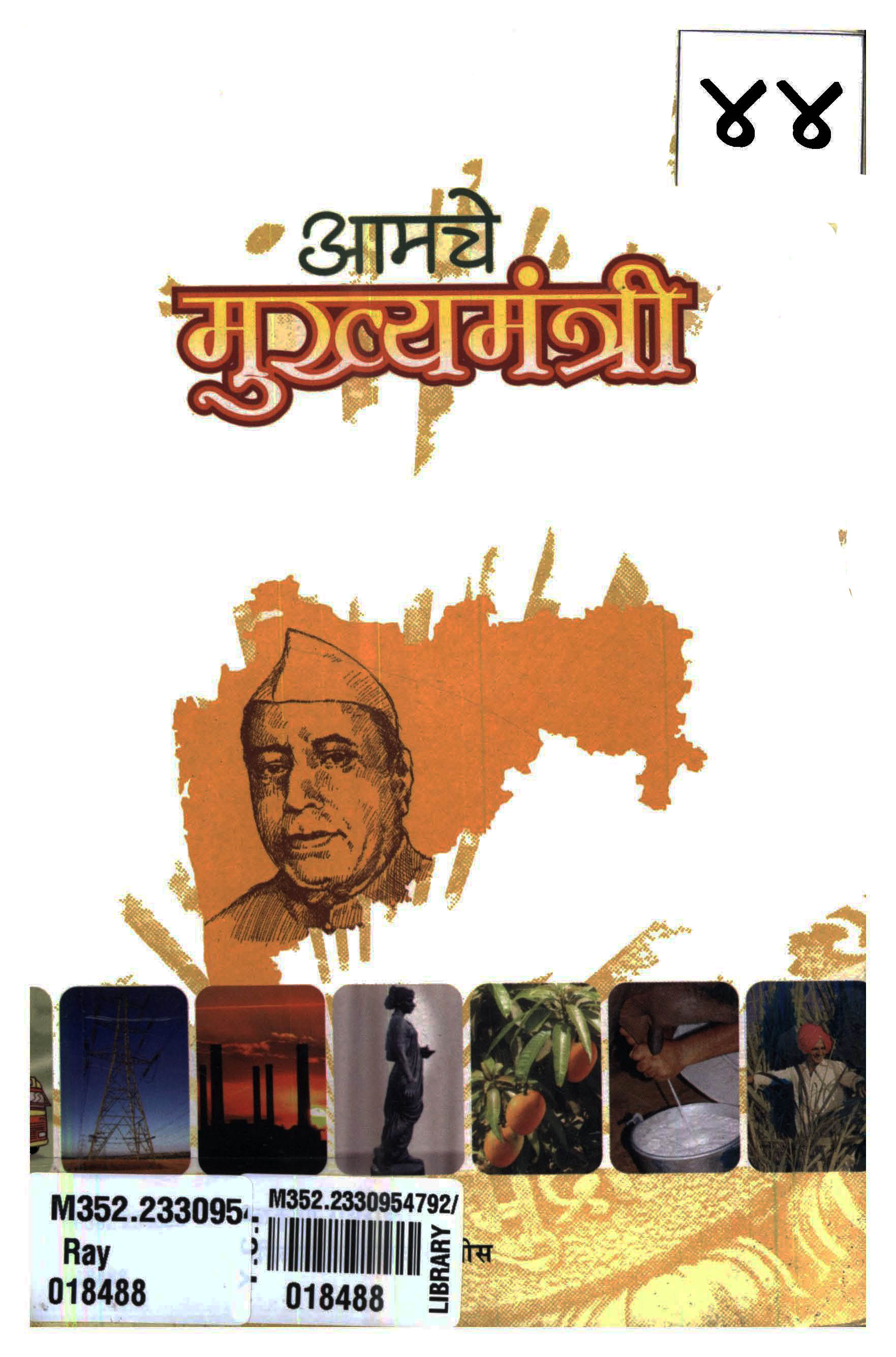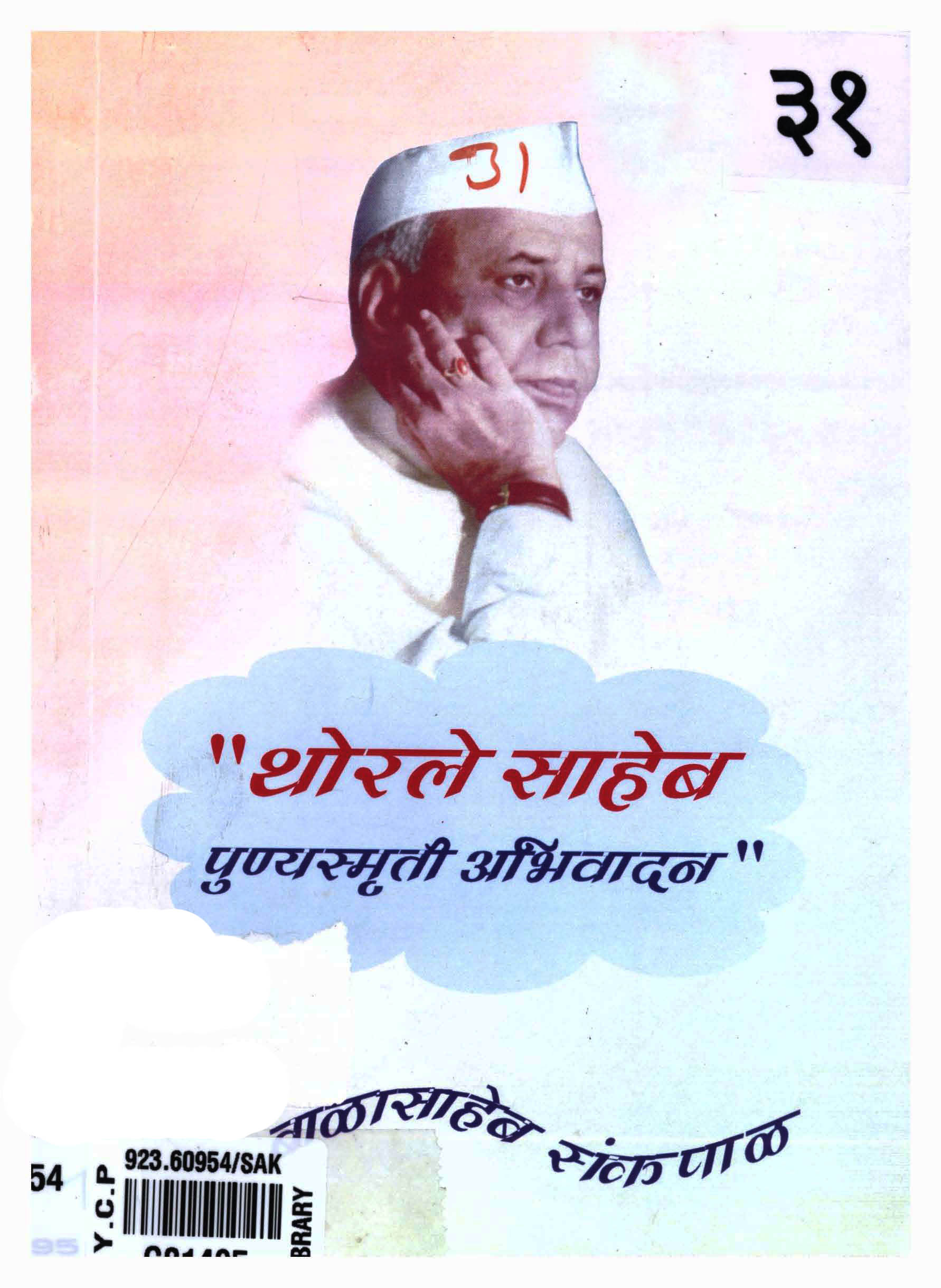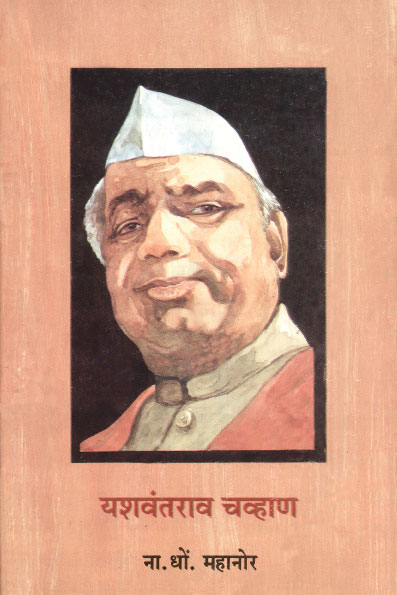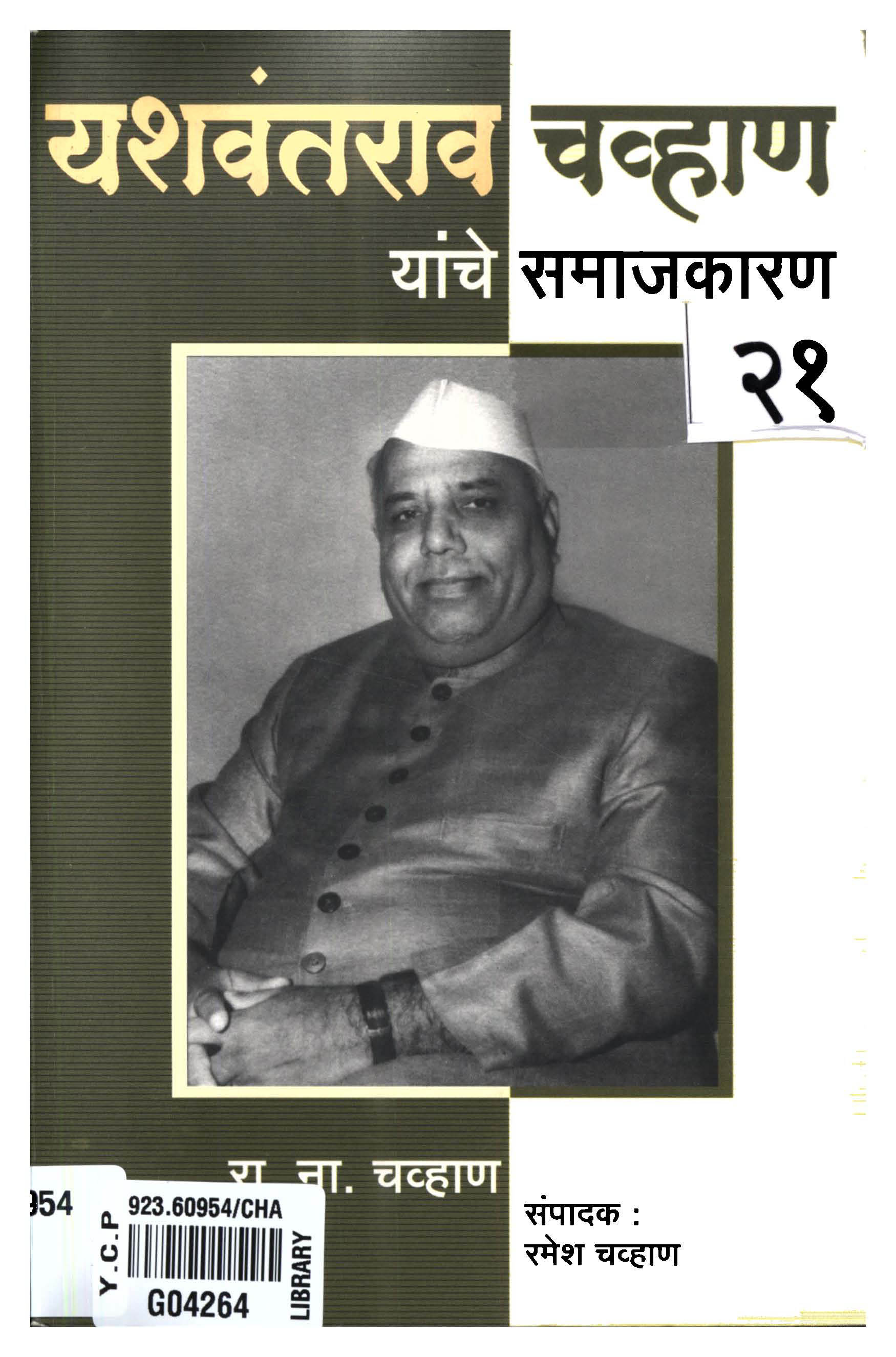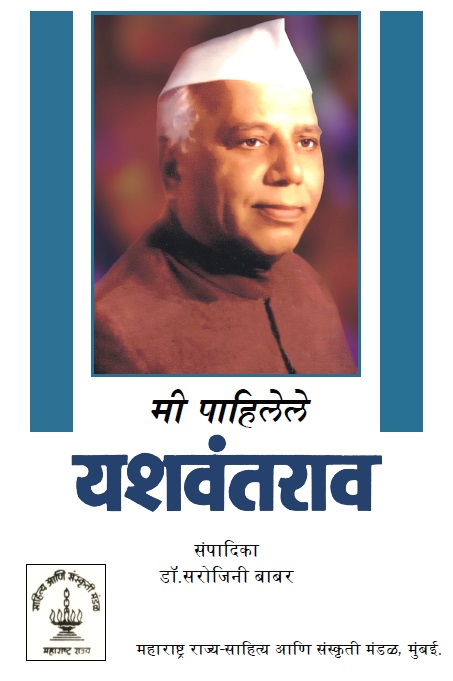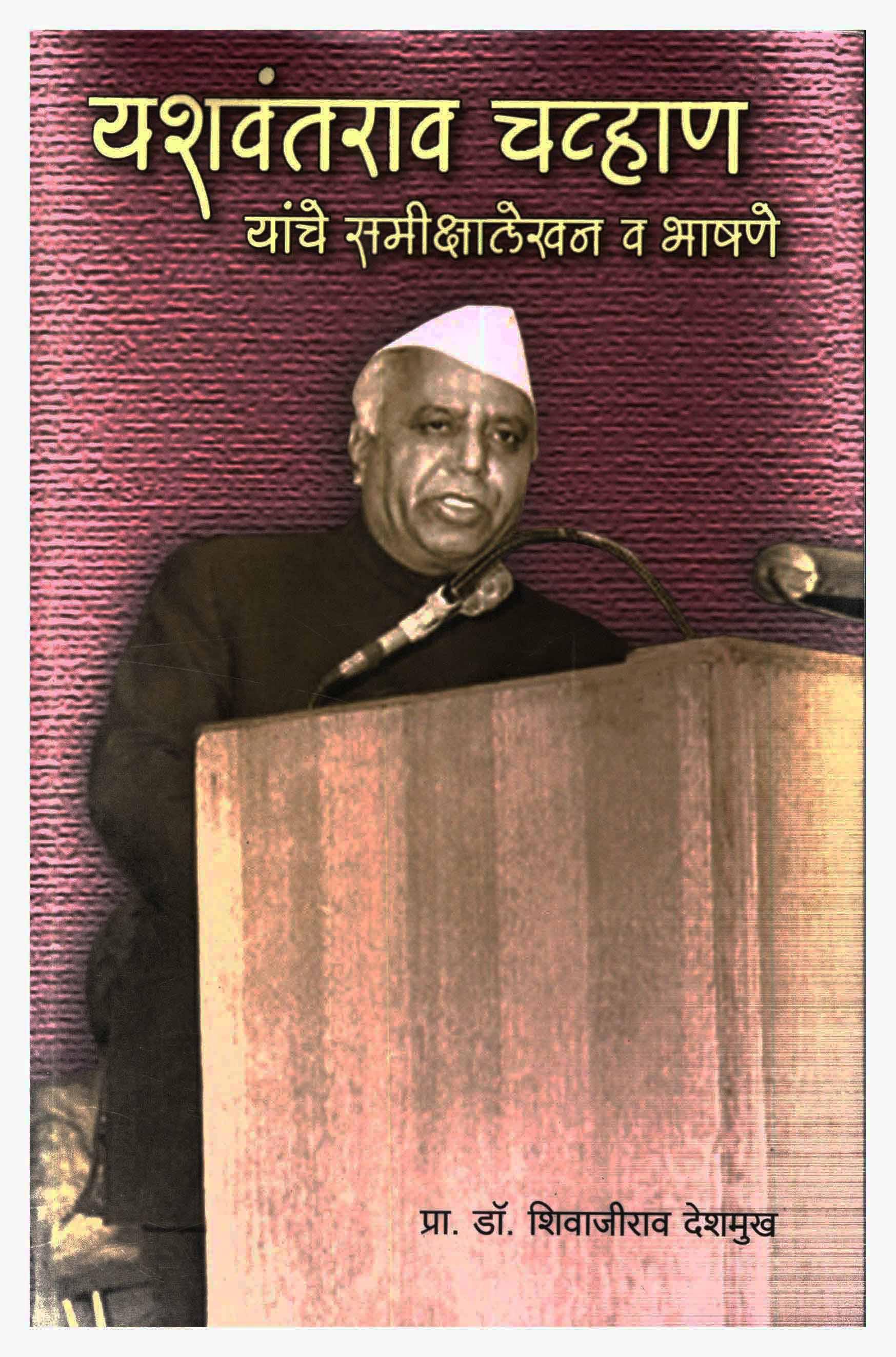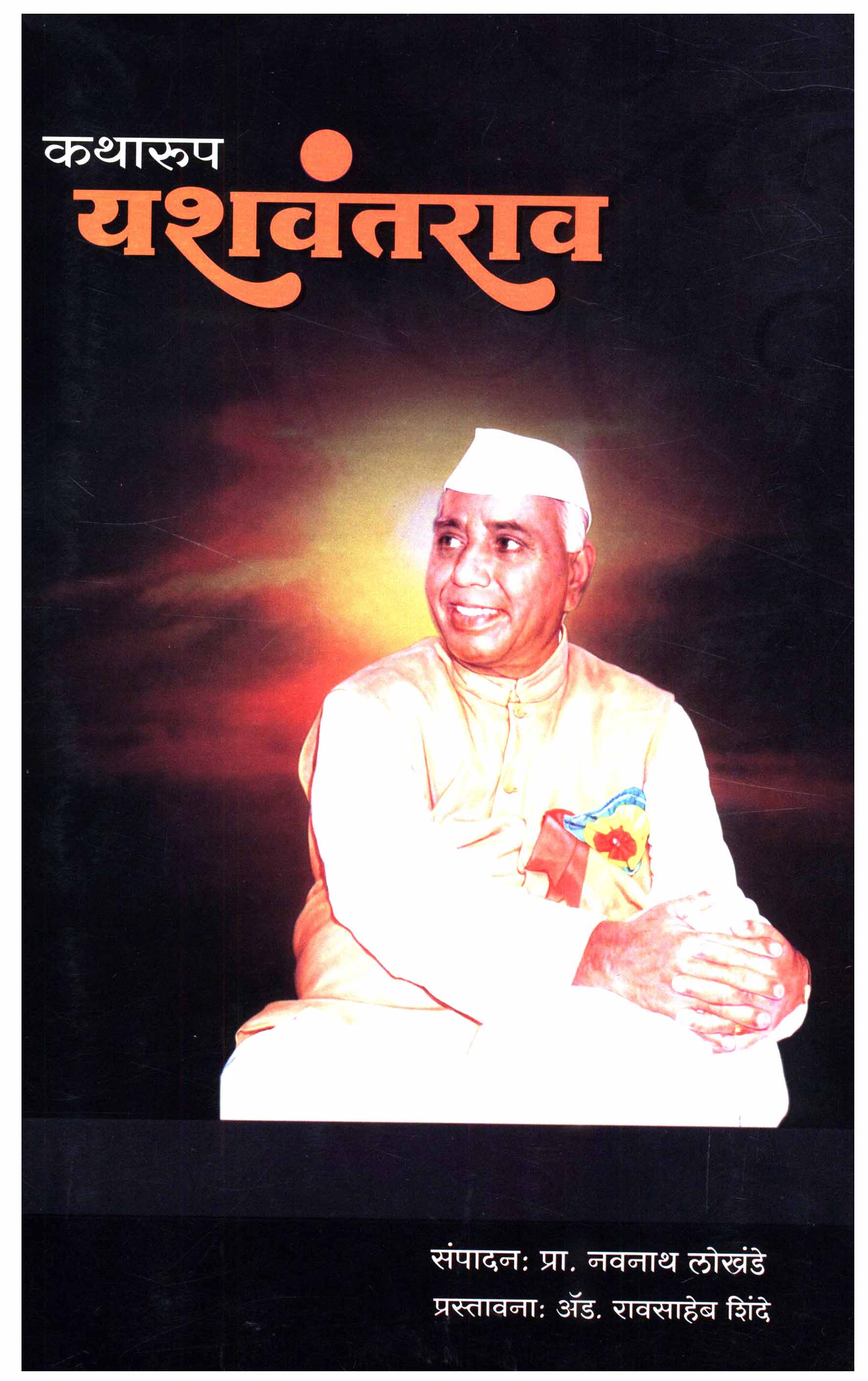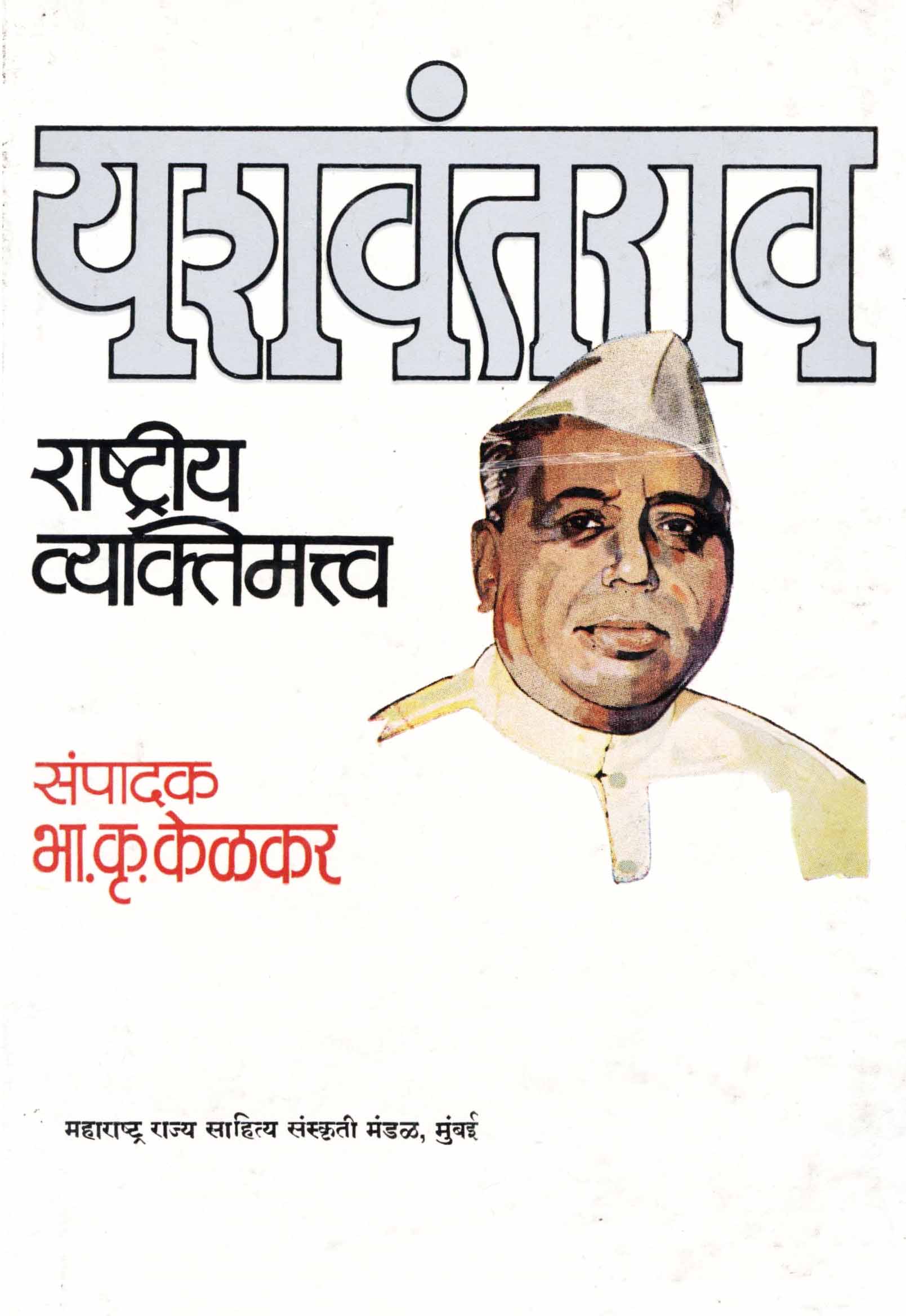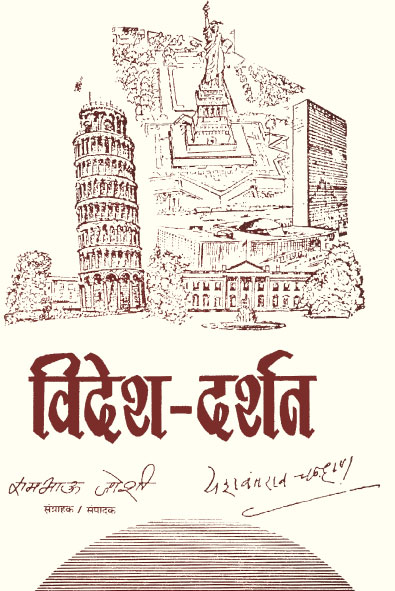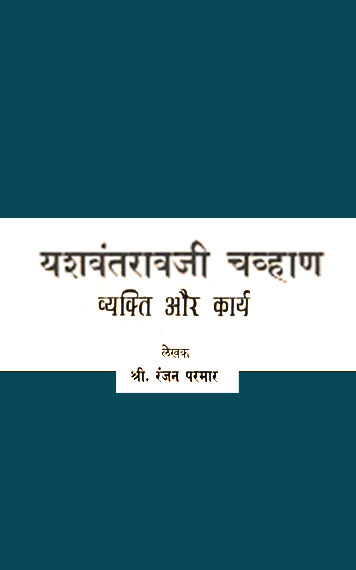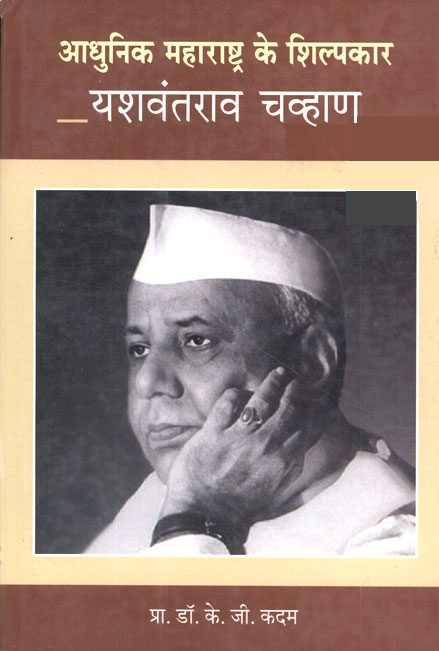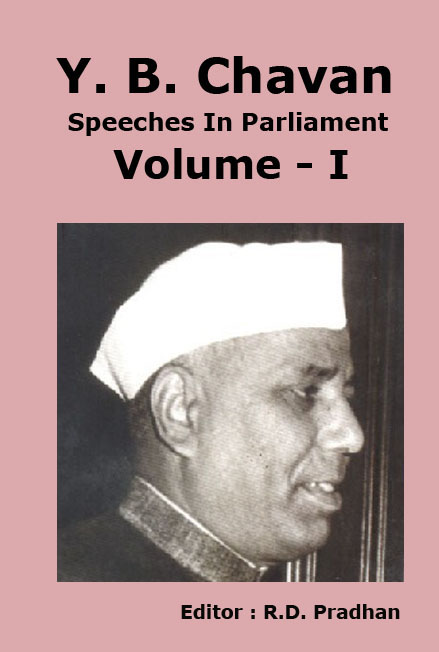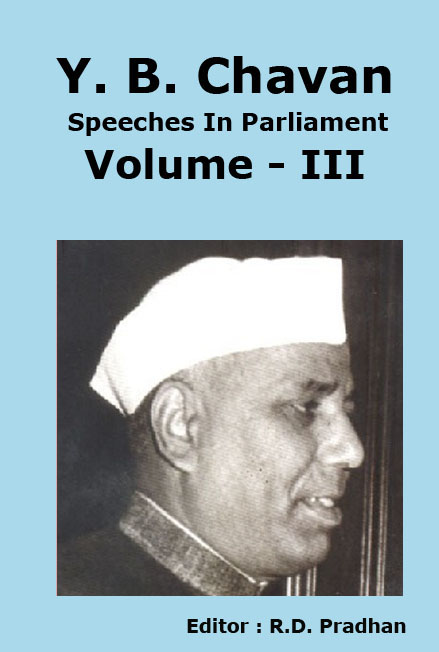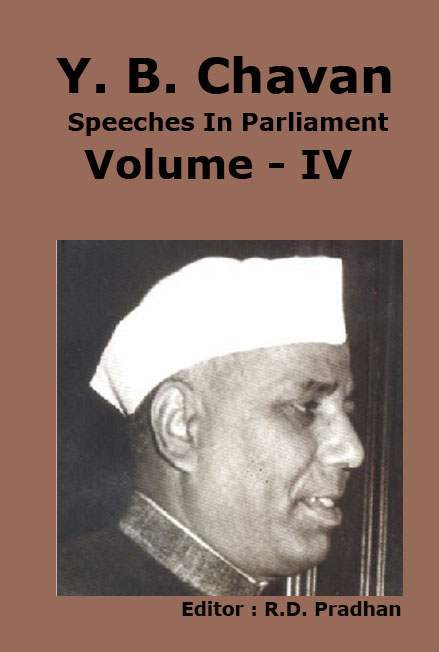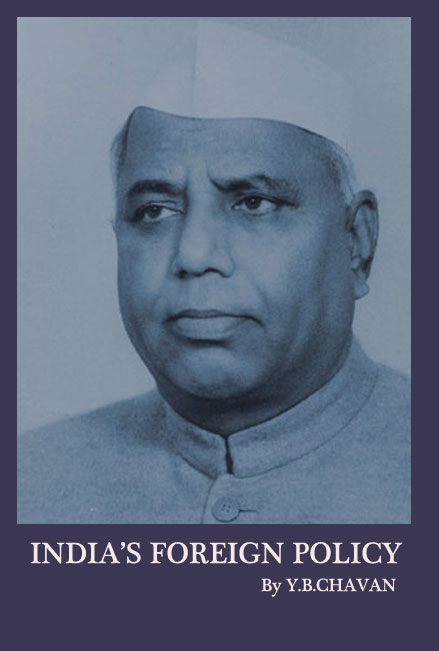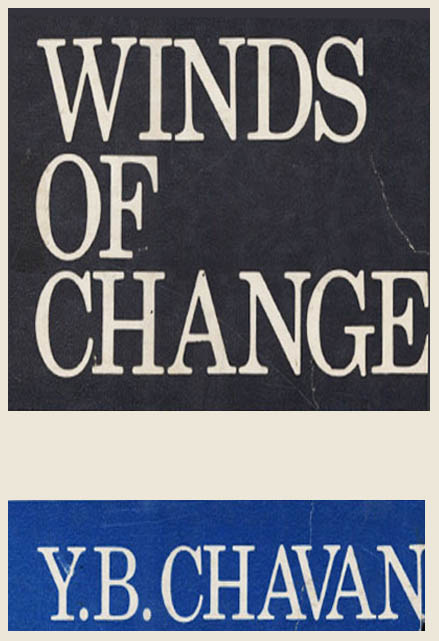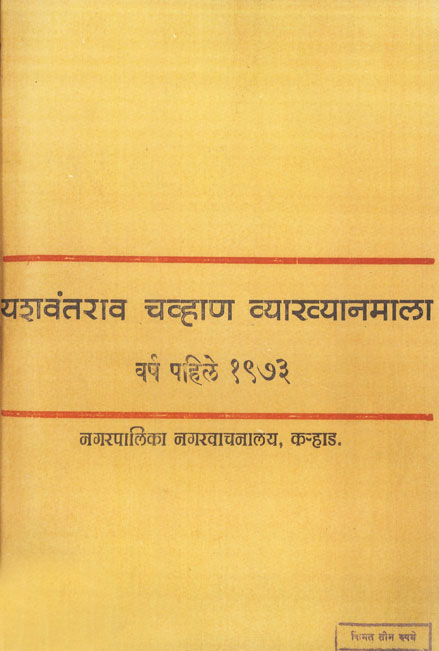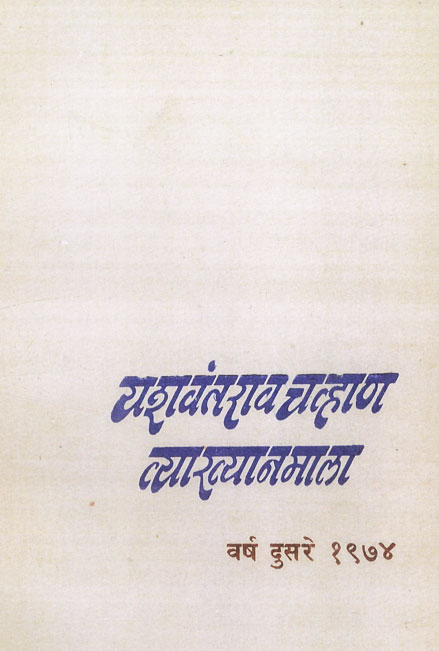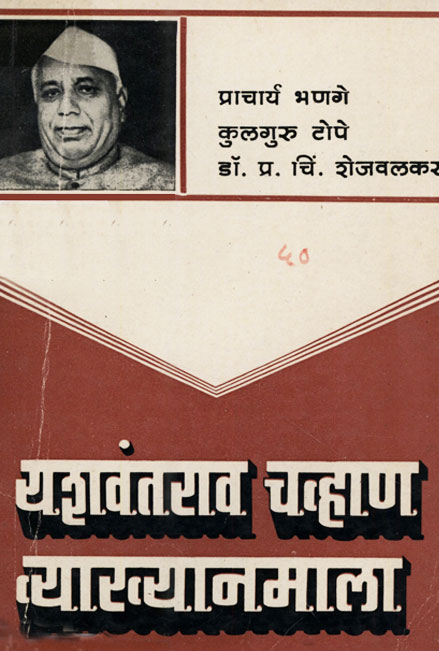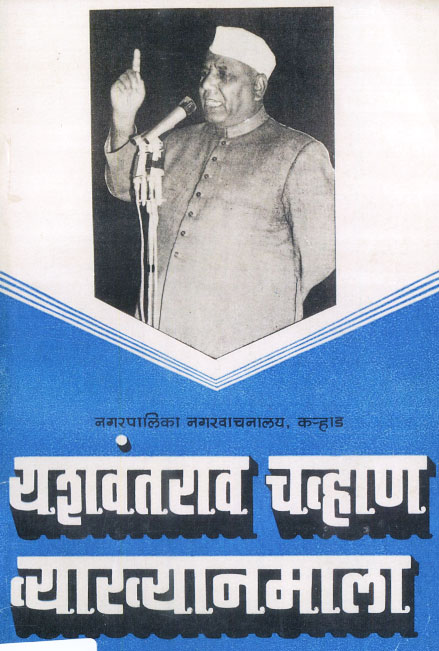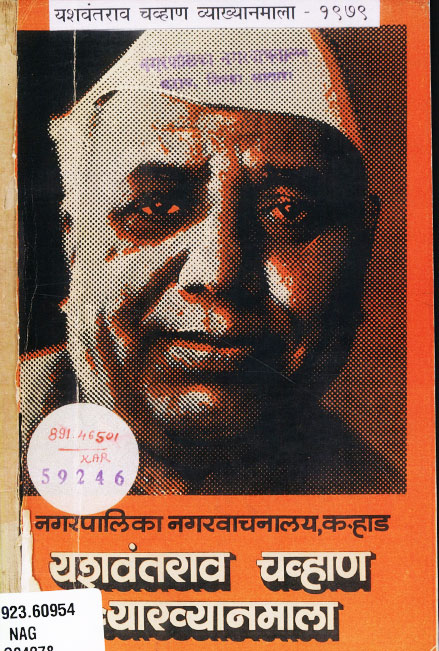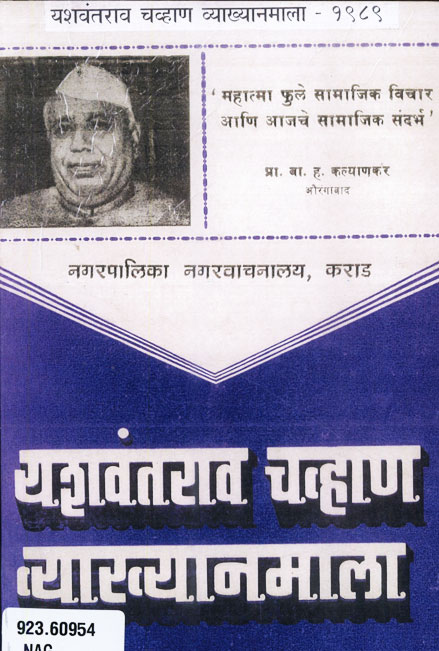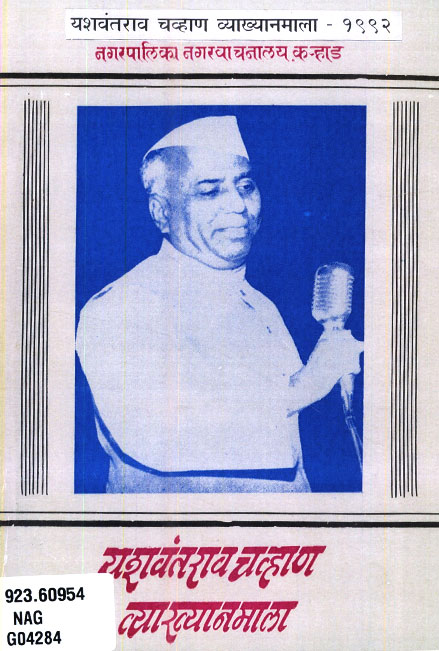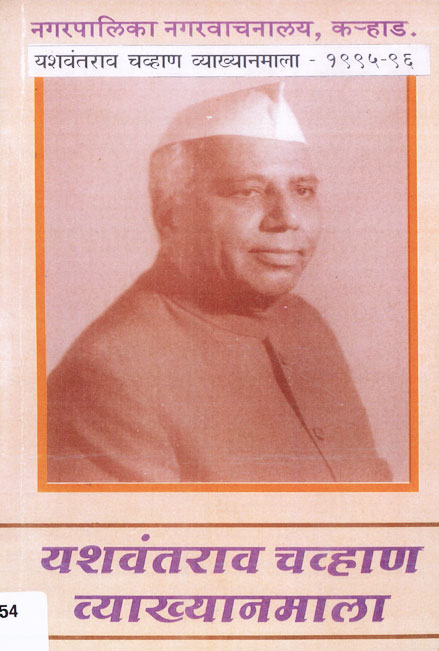I think this is a reasonable and substantial number of merchants to carry on trade satisfactorily in the State. The third test as I said, is the tendency of the offtakes in the open market and I will try to give certain information to the House. In the rural areas, including the de-rationed towns, in the first week of January the offtake was 7,100 tons. In the last week of January the offtake was reduced to 4,600 tons. If I take the consumption or offtake of millets in the month of January 1953, it was 24,000 tons; but in the year 1952, for the same month, it was 32,000 tons; in the year 1951 for the same month it was 54,000 tons; and in the year 1950 for the same month it was 38,000 tons. If we take the State as a whole and if we compare the offtake in these two months of January and February 1953 to the offtake during the last three years, it will be found that it is less by 31,000 tons. This tendency of the offtakes shows the general availability of millets in the free market.
That is another question which I may have to reply to because the hon. Member Shri V. N. Patil also raised that point. He said that the purchasing power was going lower and lower. I think it is a general question of the economic condition of the country and I do not think I am competent to pass judgment on this question nor do I think that the members are competent enough to say one way or the other. Coming back to the original theme, as I said, looking to the question of the behaviour of the prices from the month of December to the month of February, it is obvious that they are lowering. We have set up a sort of machinery in every district through which we get information about the general trend of prices in the districts and there is a definite tendency of the prices coming down in the free market.
As far as the psychological reaction of both the consumer and producer–the fifth test that I have laid down– is concerned, it is for every hon. Member of this I louse to judge for himself. But I may say that both the consumer and the producer are satisfied.
Let us now go to the other group of questions raised. Several questions were asked as to what is the procurement target for this year, what about the promise of the Government of India to make up the deficit in the State and so on. I may tell the House that I have had very long discussions, and that too, repeated discussions, with the Food Minister of the Government of India and he has promised me–it is a solemn promise given by a member of the Government of India–that his Government would give us whatever quantity of foodgrains we need and even when the discussion was going on in this House, I got confirmation of this promise from the Food Minister of the Government of India when he was here last week. So, people need not worry about the help from the Government of India.
Now, about the target of the actual procurement for this year. As we have given up the procurement of millets, that is, jowar and bajri, our targets are in respect of rice and wheat now. We had kept the target of 1,25,000 tons for rice and a target of 50,000 tons for wheat. I may tell the House the happy news that so far as rice is concerned, we have already exceeded the target. We have procured 1,29,000 tons of rice. Figures for the procurement of wheat have yet to come and I cannot say what the procurement of wheat will be, but before we introduced this new food policy we also procured sufficient quantities of millets and at present our total procurement in this State stands at about 1,66,000 tons. We have every reason to be proud of it. Of course, this procurement has taken place in spite of scarcity and famine conditions in the State and that is why I said that we have every reason to be proud of it.
